Wind Cave National Park South Dakota: 1st Time Visitor Guide
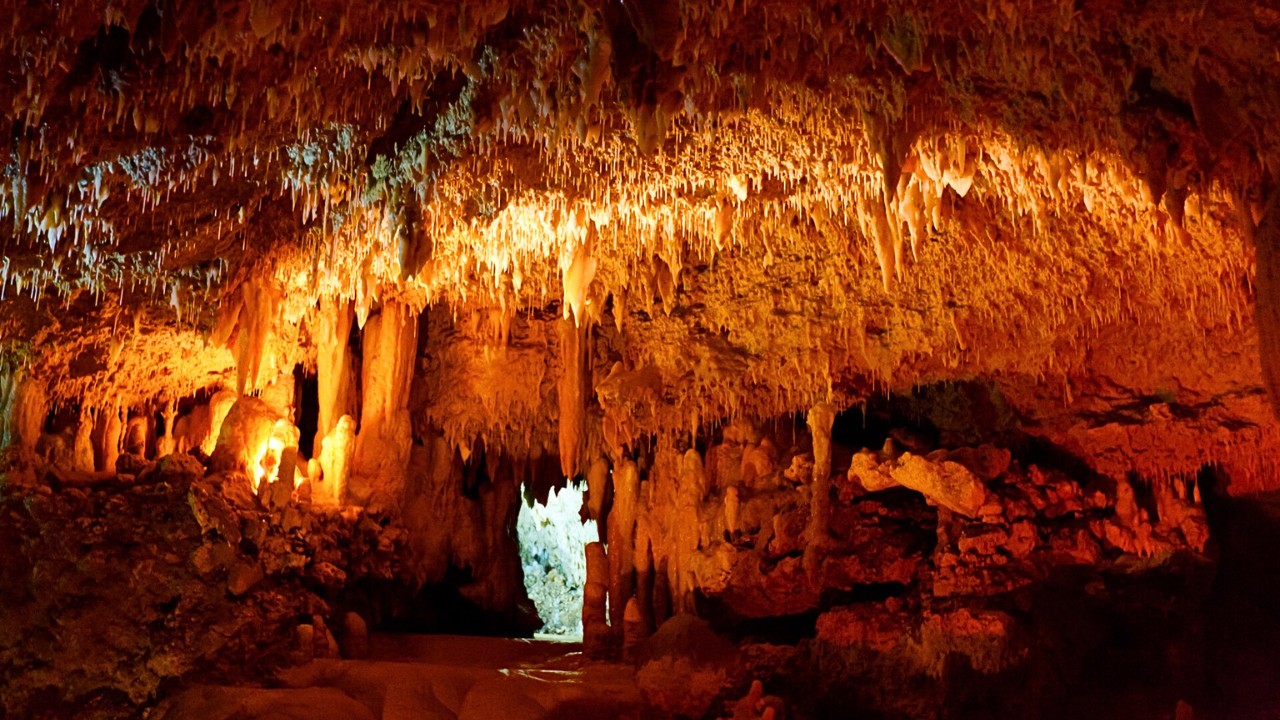
Beneath the rolling prairie lands of South Dakota lies one of the oldest and most complex cave systems in the world, Wind Cave National Park. Known for its rare boxwork formations, tranquil bison-dotted grasslands, and uncrowded hiking trails, this national park offers a unique blend of above-ground beauty and below-ground wonder. If you’re planning your first visit, this guide will help you make the most of your time at one of the most underrated parks in the U.S.
Overview
Wind Cave National Park was established in 1903, making it the first cave in the world to be designated a national park. It preserves over 33,000 acres of mixed-grass prairie and ponderosa pine forest, while underground, more than 160 miles of mapped passages reveal an intricate world of boxwork, frostwork, and flowstone formations. The park is also home to roaming bison herds, prairie dogs, elk, and antelope, offering visitors both subterranean adventures and wildlife-rich landscapes.
Photos:
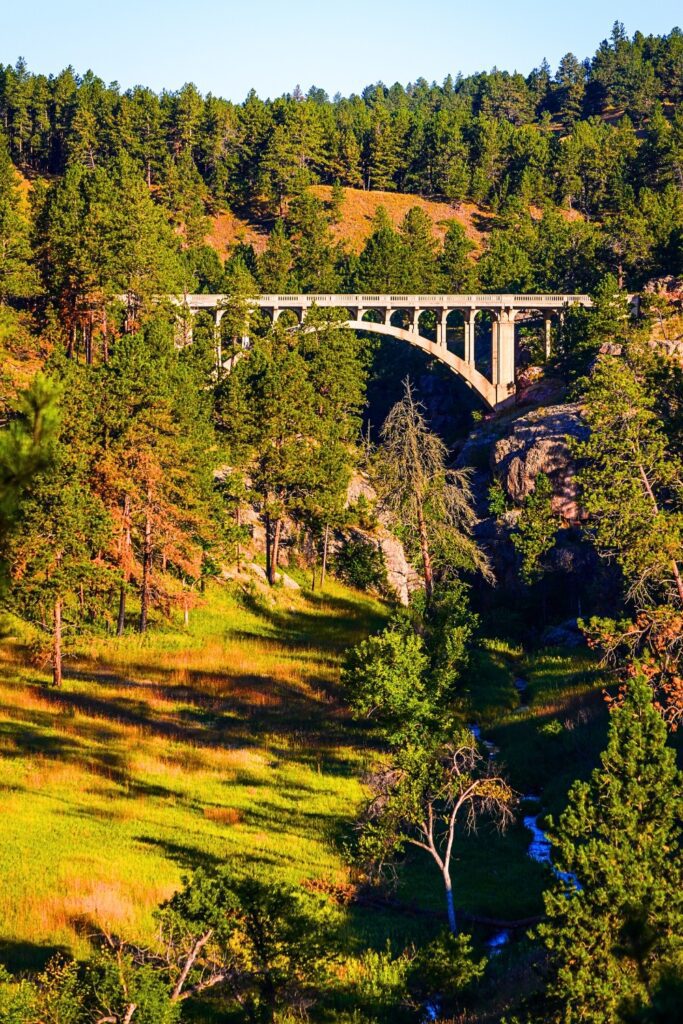
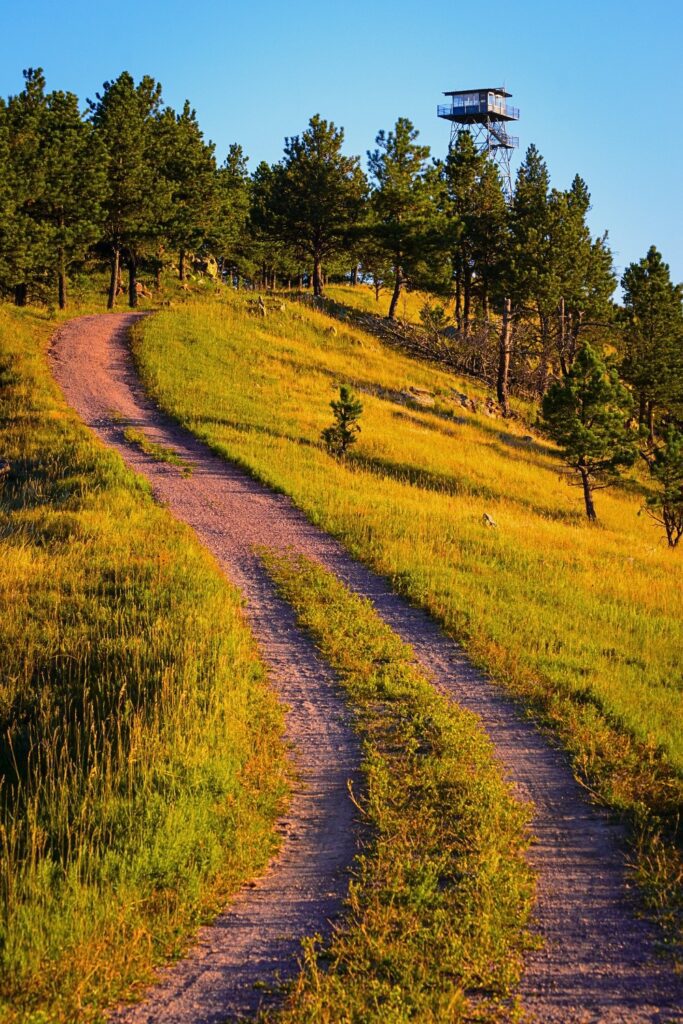
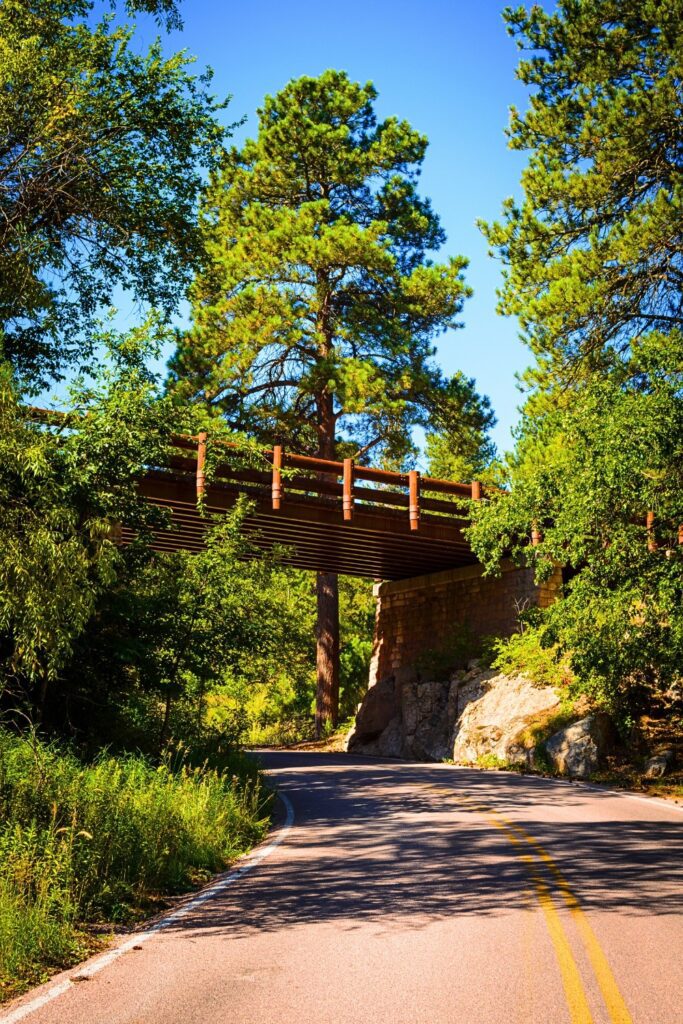
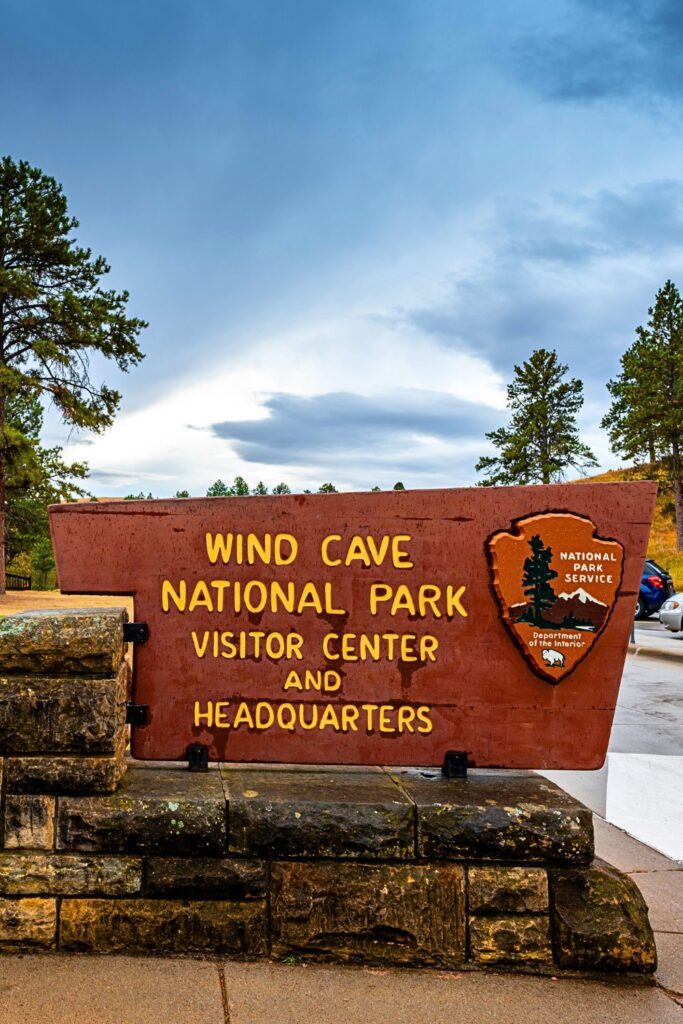
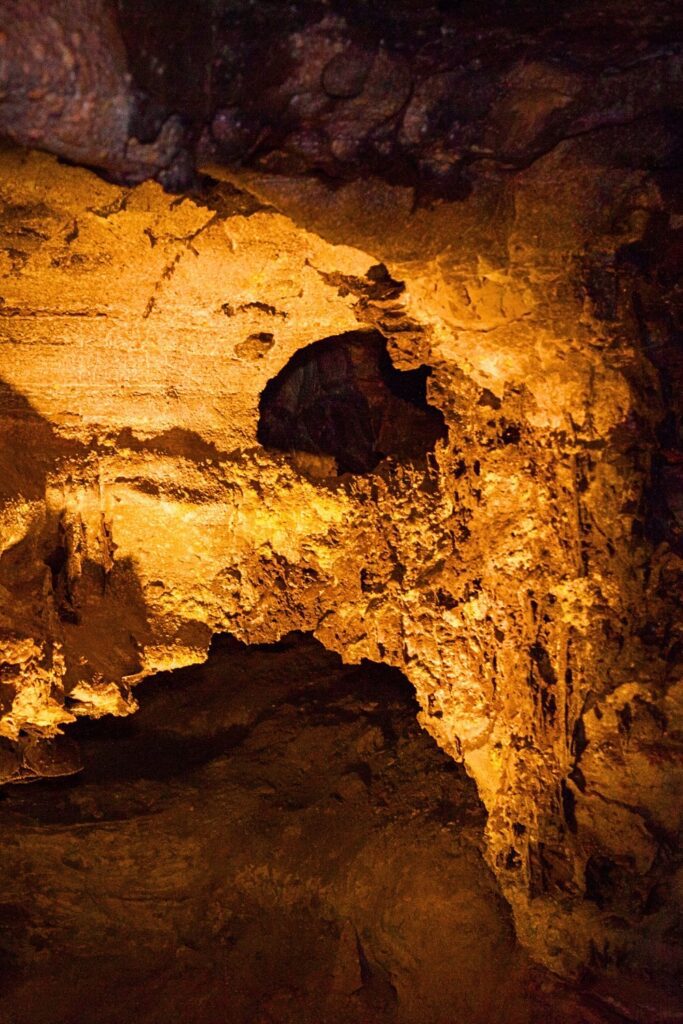
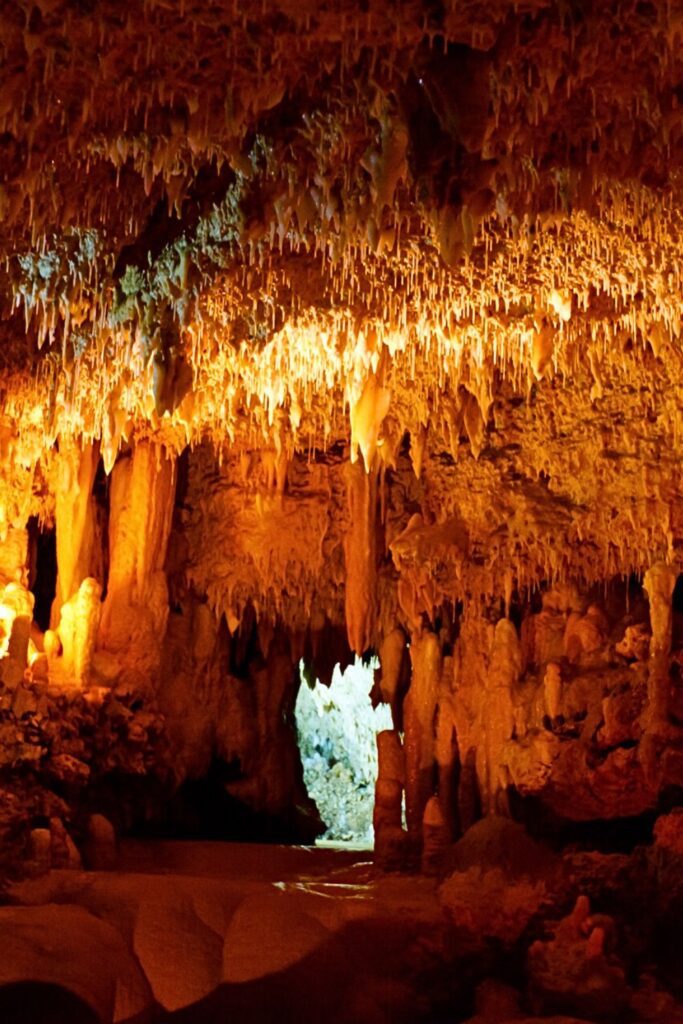
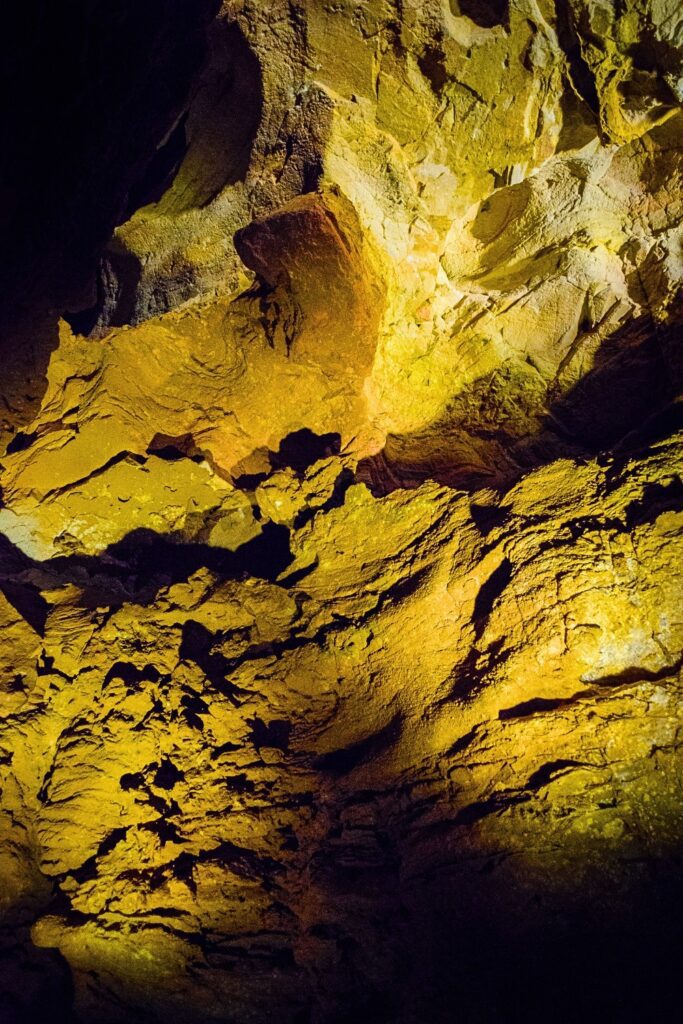
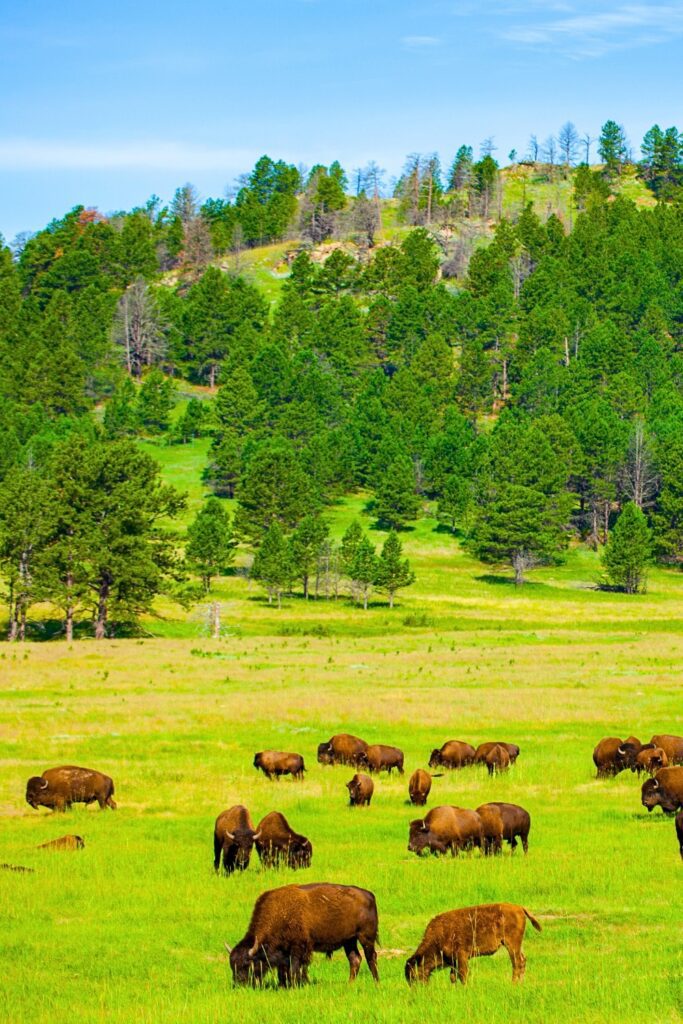
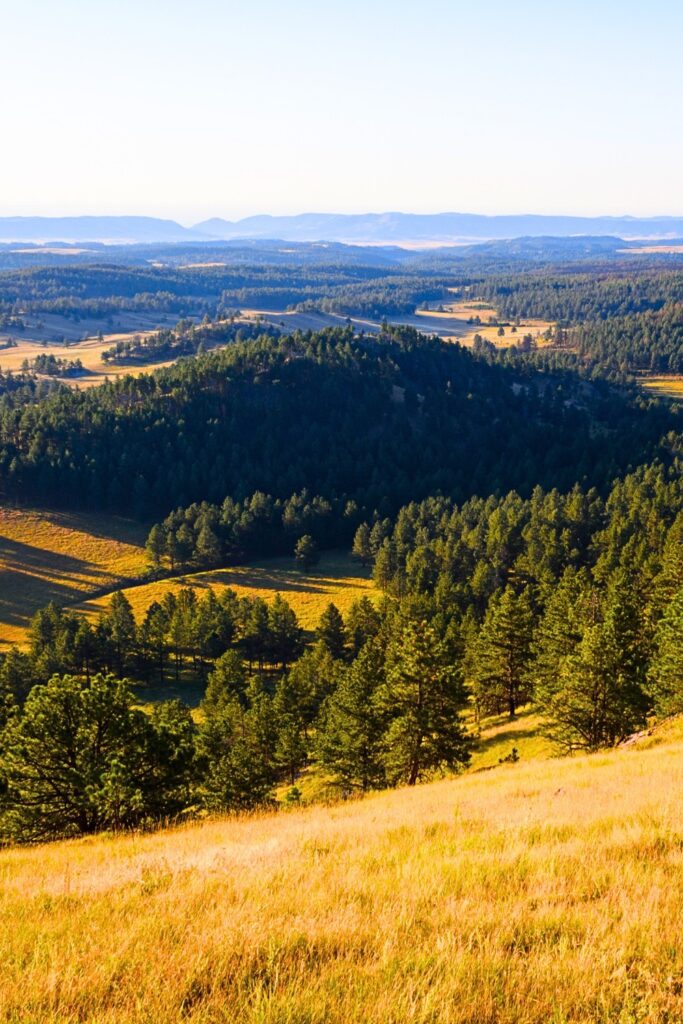
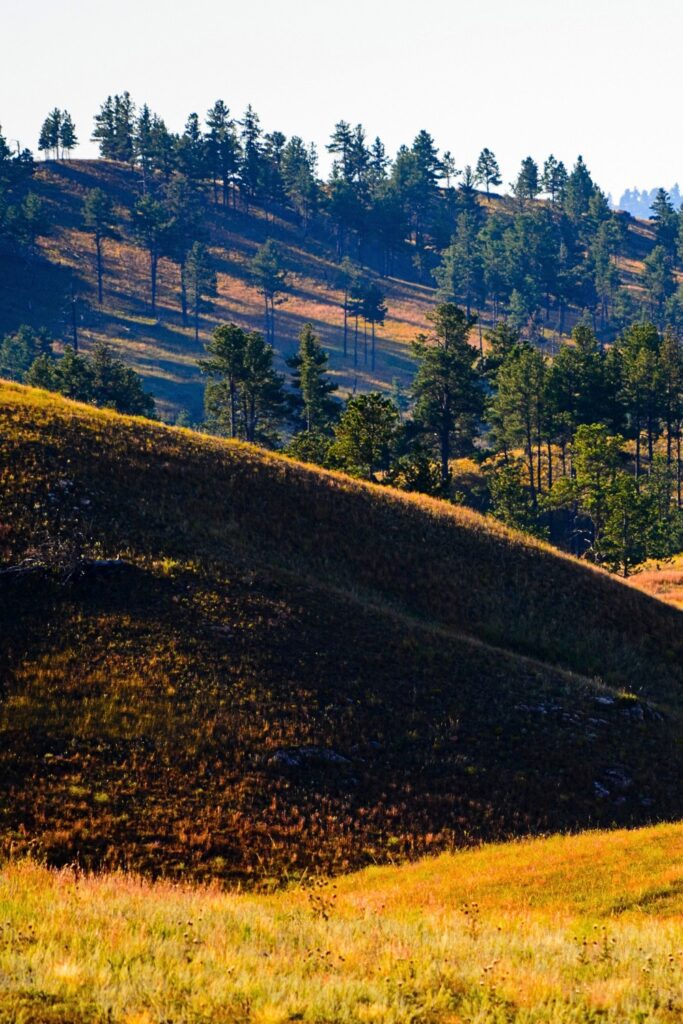
How to Get There
-
By Car: Wind Cave National Park is located in the southwestern corner of South Dakota, about 10 miles north of Hot Springs and 60 miles south of Rapid City via U.S. Highway 385.
-
Nearest Airport: Rapid City Regional Airport (RAP) is the closest major airport, offering rental cars and services for an easy drive into the Black Hills.
Tip: Pair your visit with other nearby destinations like:
- Custer State Park
- Mount Rushmore
- Badlands National Park
- These spots plus more tips on planning some awesome South Dakota road trip ideas
Best Times to Visit
-
Spring (April–May): Wildflowers bloom across the prairie, and wildlife becomes more active. Cooler temps make hiking enjoyable.
-
Summer (June–August): Warm and ideal for tours, though it’s the busiest season. Book cave tours in advance.
-
Fall (September–October): Crisp weather, colorful foliage, and fewer crowds.
-
Winter (November–March): The park is open, but some services are limited. Great for solitude and wildlife viewing.
10 Best Things to Do
-
Take a Cave Tour: Choose from several ranger-led cave tours to explore Wind Cave’s famous boxwork formations.
-
Drive the Wildlife Loop Road: A scenic drive through prairie habitats teeming with bison, prairie dogs, and more.
-
Visit the Visitor Center: Learn about the geology and cultural history of the park.
-
Watch the Wind at the Cave Entrance: Feel the air “breathe” in and out of the natural entrance due to atmospheric pressure changes.
-
Hike the Prairie Vista Trail: A short, scenic loop with views of the surrounding plains.
-
Join a Ranger Program: Educational talks and walks are offered seasonally.
-
Picnic at Elk Mountain Campground: Surrounded by pine forest and open meadows.
-
Explore Above-Ground Trails: Many visitors skip the surface—don’t miss the beauty of the open prairie.
-
Stargazing: With little light pollution, it’s a dark-sky paradise.
-
Photograph Wildlife: Early mornings and dusk are ideal for capturing bison, elk, and other animals.
Best Hikes (Beginner–Advanced)
Beginner
-
Prairie Vista Trail (1-mile loop): Easy and great for families with interpretive signs and views.
-
Rankin Ridge Trail (1 mile loop): Includes the park’s highest point with panoramic views of the Black Hills.
Moderate
-
Cold Brook Canyon Trail (1.4 miles one-way): A scenic, less-traveled route through a quiet canyon.
-
Lookout Point Trail (4.5-mile loop): Connects to Centennial Trail and offers open meadow views and wildlife sightings.
Advanced
-
Sanctuary Trail (3.6 miles one-way): A longer backcountry hike through ponderosa forest and prairie, ideal for solitude and experienced hikers.
-
Centennial Trail Section (Varies): Part of a 111-mile regional trail, this section offers challenging terrain and remote beauty.
Packing List
- My Amazon gear list
-
Comfortable hiking shoes or boots
-
Layers (weather changes quickly on the prairie)
-
Headlamp or flashlight (for undeveloped cave areas if exploring independently)
-
Refillable water bottle
-
Snacks or packed lunch
-
Sunscreen and hat
-
Binoculars (great for spotting wildlife)
-
Camera or smartphone
-
Daypack for gear
-
National Parks Pass (if visiting multiple parks)
Where to Stay
Inside the Park
-
Elk Mountain Campground: First-come, first-served rustic campground with water and toilets. No hookups.
Nearby Towns
-
Hot Springs, SD (10 miles): Small town with motels, inns, and restaurants.
-
Custer, SD (20 miles): A bit farther but has a larger range of lodging and dining options.
-
Rapid City, SD (60 miles): Ideal for travelers looking for city amenities.
Things to Know Before You Go
-
Cave Tours Require Tickets: Purchase in person at the Visitor Center or reserve early online during peak season.
-
Flashlights Not Needed for Guided Tours: The caves are well-lit and led by park rangers.
-
Weather Shifts Fast: Be prepared for both sun and wind. Always check the forecast.
-
Respect Wildlife: Maintain a safe distance, especially from bison.
-
No Pets in the Cave: Pets are allowed on paved roads and certain trails but not in the cave or on most hiking paths.
-
Cell Service is Spotty: Download maps and directions ahead of time.
Final Thoughts
Wind Cave National Park is a place of quiet magic, where ancient geological wonders meet open prairie solitude. It may not be as famous as nearby Mount Rushmore, but its peaceful trails, wildlife encounters, and underground marvels make it one of South Dakota’s best-kept secrets. Whether you’re spelunking for the first time or seeking a scenic escape from the crowds, Wind Cave will leave you breathless, in the best way.
